Understanding culture, messaging strategies and interpretation can improve communication with consumers
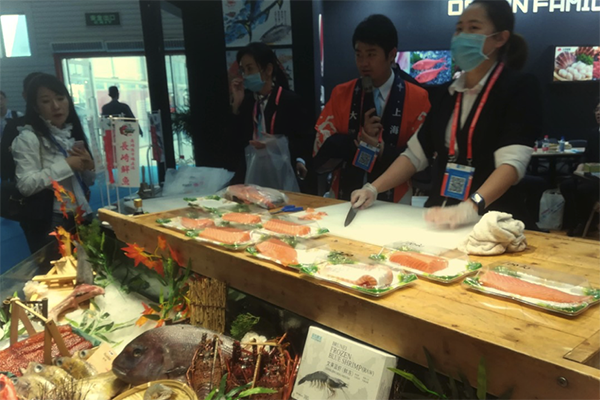
With new trade shows on the horizon for this year – including the 2022 Seafood Expo North America in Boston, USA – new research from the Institute of Aquaculture at the University of Stirling can provide valuable insight for strategies to improve the global seafood trade. The study’s findings, which were published in Sustainability, examined the difference in seafood marketing messages between the world’s regions. The results could help improve communication with consumers and ultimately drive business and production practices.
The researchers collaborated with the University of Edinburgh, Kafrelsheikh University, South China Sea Fisheries Research Institute, Shanghai Ocean University and the University of Massachusetts Boston. The study was carried out as part of the Green Aquaculture Intensification Project (GAIN), funded by the European Commission’s Horizon 2020 program.
The researchers and collaborators studied logos, certification and claims on exhibitor booths at seafood shows in China (Guangzhou, Qingdao and Shanghai), Europe (Brussels) and the United States (Boston) during 2019. The findings indicate distinct approaches in marketing messaging between the global south (mainly China) and the north (Europe and North America).
“The global north showed a high interest in environmental sustainability, which is driven by consumer demand for ecolabels and sustainable production practices,” said Wesley Malcorps, the Ph.D. researcher at the Institute of Aquaculture who led the study. “However, China showed a higher interest in messaging around ‘safety’ and ‘quality,’ which can be traced to concerns over food safety scares, due to less developed standard operating procedures than are the norm for retailers in Europe and North America.”
The findings could lead to improved communication between producer and consumer, as well as refine production and business practices, said Malcorps. For instance, as business-to-business seafood traders often act as “choice editors” for final consumers, it’s essential to convey production processes and sustainability issues between traders and the market.
“An understanding of culture, messaging strategies and interpretation can improve the communication of product characteristics and in turn improve business and production practices, better meeting the expectations of the final consumer,” said Malcorps.
The researchers worked with local speakers and the Faculty of Arts and Humanities from the University of Stirling to better understand different cultural perceptions around messaging.
However, there were some study limitations: for instance, since the Mandarin characters for seafood already contain the word ‘fresh,’ Chinese traders did not use the term very often at their exhibitor booths. Malcorps said that comparing the use of the word ‘fresh’ across seafood shows could therefore have skewed the results.
“We ended up excluding the word ‘fresh’ from our research,” said Malcorps. “Chinese consumers value ‘freshness’ and prefer purchasing live or freshly slaughtered fish, whereas North American consumers often prefer more processed products.”
Follow the Advocate on Twitter @GSA_Advocate
Now that you've reached the end of the article ...
… please consider supporting GSA’s mission to advance responsible seafood practices through education, advocacy and third-party assurances. The Advocate aims to document the evolution of responsible seafood practices and share the expansive knowledge of our vast network of contributors.
By becoming a Global Seafood Alliance member, you’re ensuring that all of the pre-competitive work we do through member benefits, resources and events can continue. Individual membership costs just $50 a year.
Not a GSA member? Join us.
Author
Tagged With
Related Posts
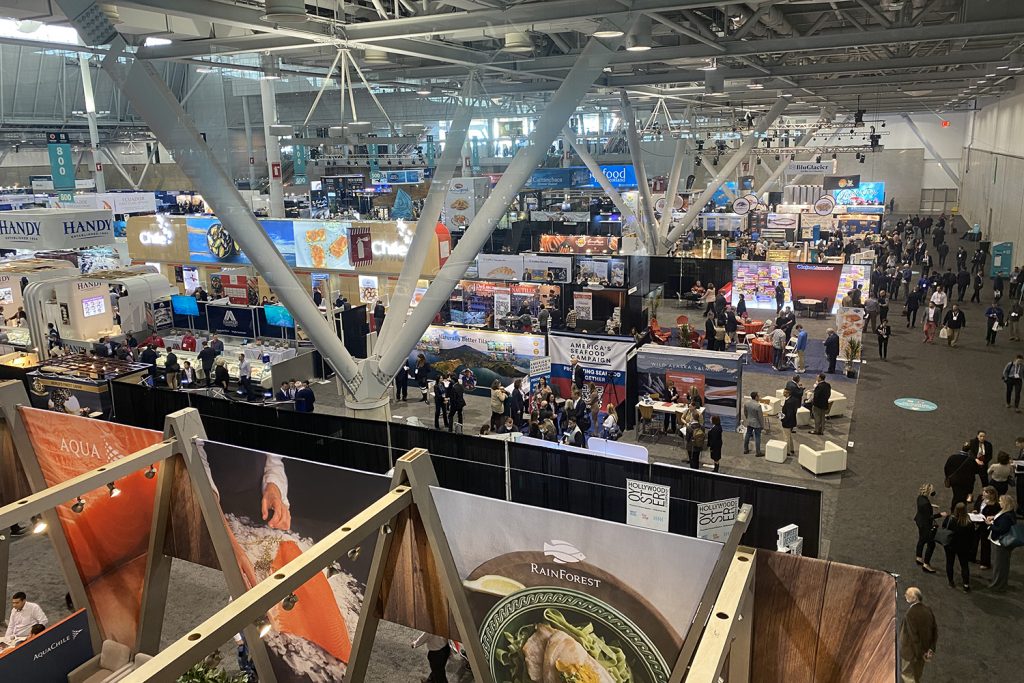
Intelligence
Reunited: A confident but cautious industry returns to Seafood Expo North America
At the first Seafood Expo North America since 2019, excitement, relief and the familiar smells of sauteed seafood samples were in the air once again.
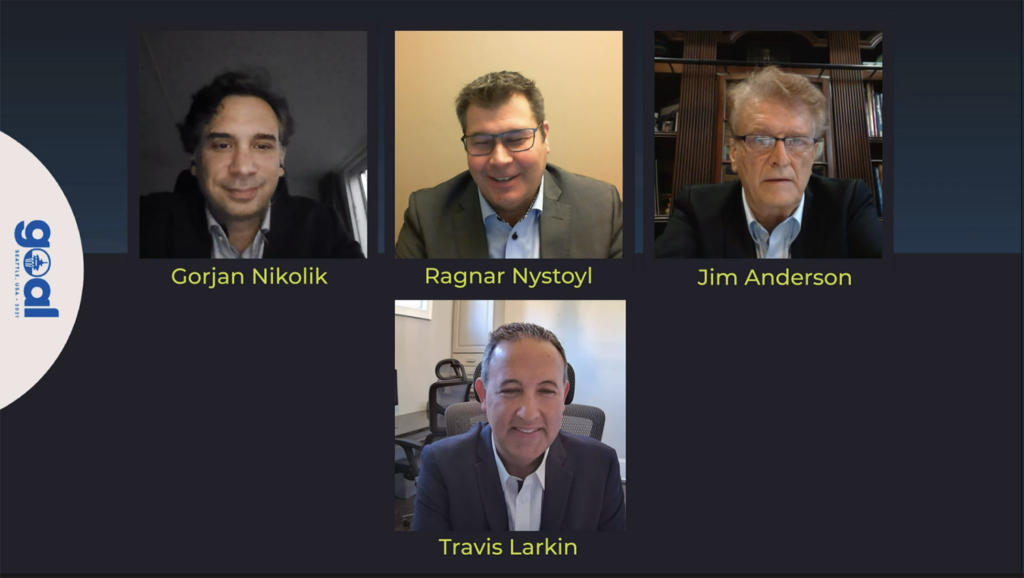
Responsibility
GOAL 2021: Growth ahead for the aquaculture industry
Discussion at the final GOAL 2021 event ranged from Ecuador’s booming shrimp sector to the ‘compass’ of the UN’s Sustainable Development Goals.
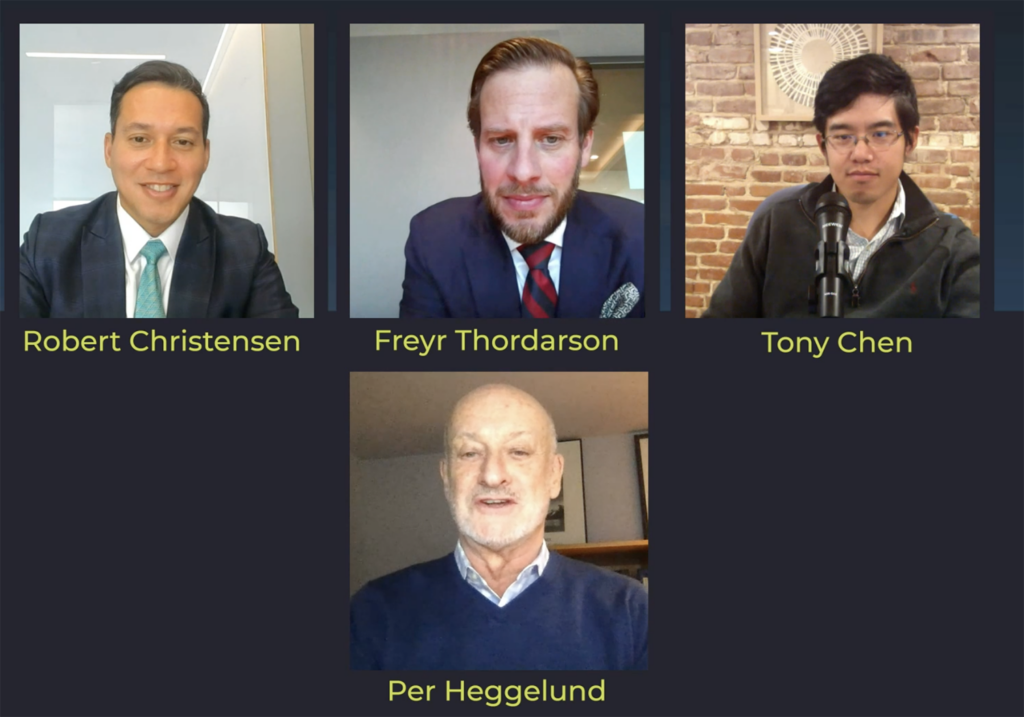
Responsibility
GOAL 2021: Can green financing further sustainable seafood development?
The Global Seafood Alliance’s seventh virtual GOAL conference session delved into the role of green financing in fueling seafood’s transformation.
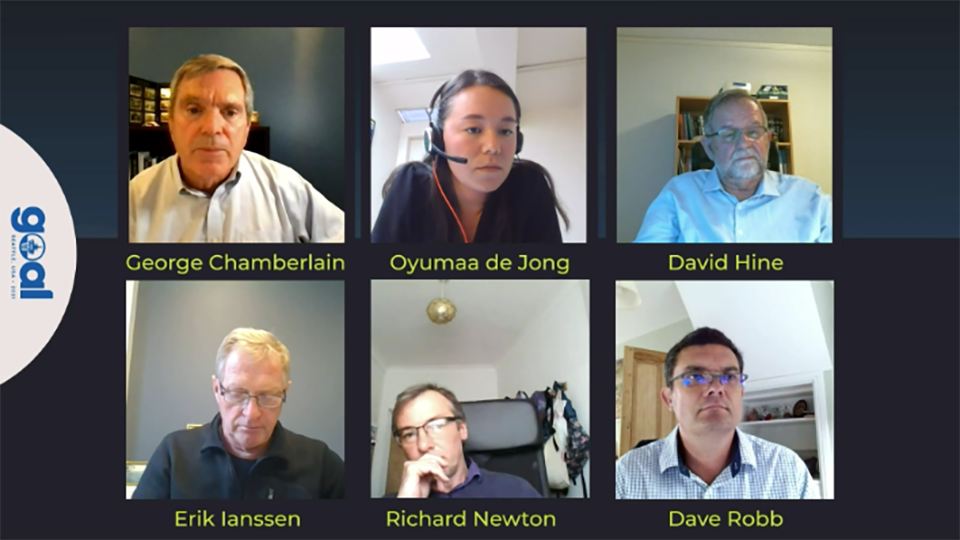
Responsibility
GOAL 2021: Climate change and the ‘dilemma’ of food systems
The latest virtual GOAL conference session dissected the role of seafood production systems and how they perform in a changing climate.



